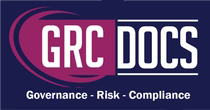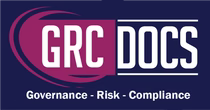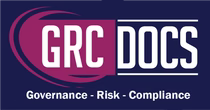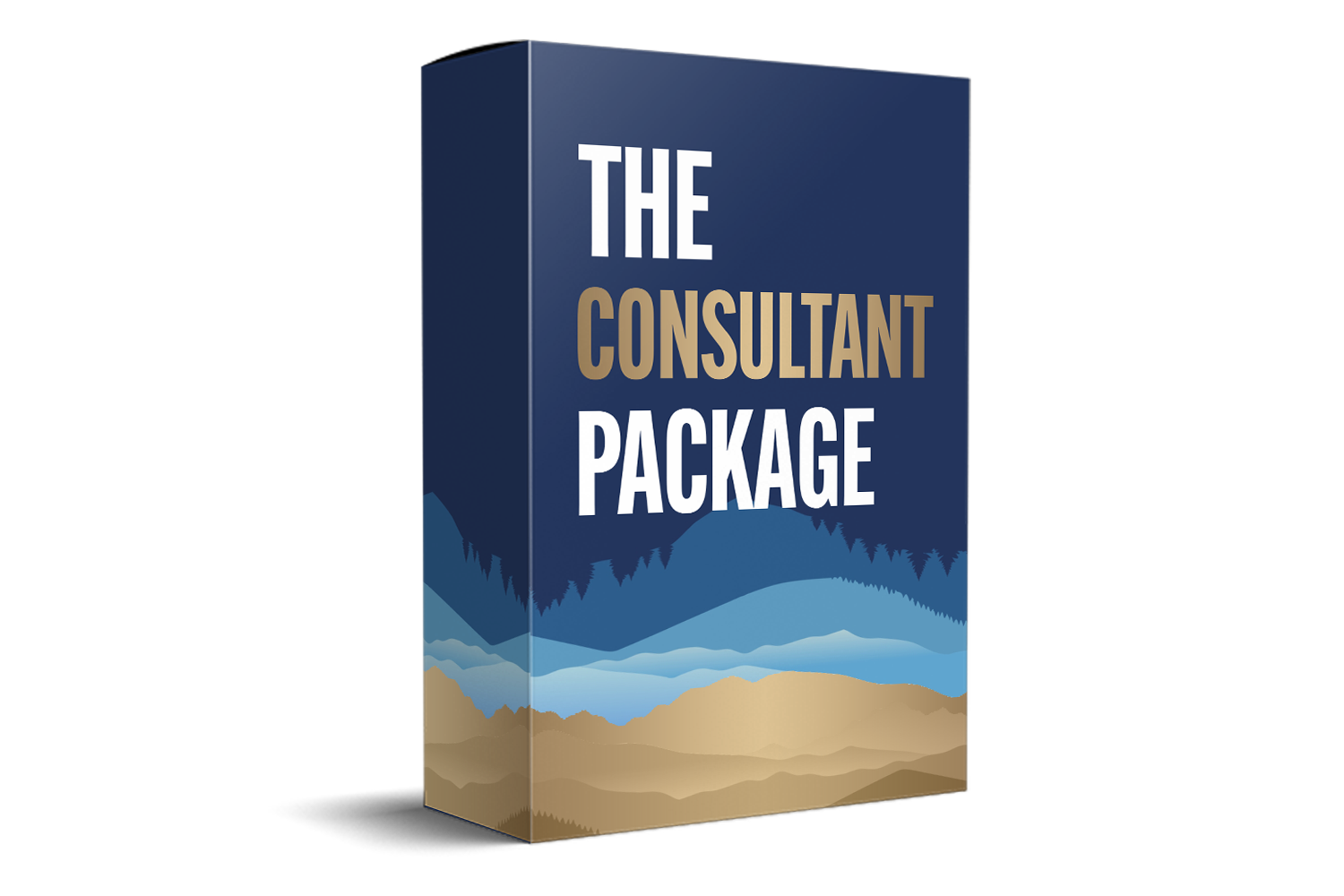SOC 2 Cloud Compliance Tool: Simplify Security And Audit Management
Introduction
In today's digital landscape, ensuring the security and privacy of sensitive data is more crucial than ever. With the rapid increase in data breaches and cyber threats, businesses must prioritize the protection of customer data to maintain their reputation and trust. For businesses that handle customer data, achieving SOC 2 compliance is a significant milestone that demonstrates a commitment to data protection and risk management. This compliance not only helps in safeguarding data but also positions the company as a responsible and reliable entity in the eyes of its stakeholders. A SOC 2 compliance tool can be a game-changer in this process, helping organizations streamline their compliance efforts and manage risks effectively. By automating various compliance tasks, these tools allow companies to focus on their core business while ensuring they meet the necessary security standards.

Why SOC 2 Compliance Matters
SOC 2 compliance is not just a regulatory requirement; it is a competitive advantage. In an era where data breaches can severely damage a company's reputation and customer trust, demonstrating SOC 2 compliance reassures clients that their data is secure. This assurance can be a deciding factor for potential clients when choosing between service providers. It also helps businesses meet contractual obligations and regulatory requirements, reducing the risk of legal issues. Furthermore, SOC 2 compliance fosters a culture of security within the organization, prompting continuous improvement in data protection practices and encouraging staff to be vigilant about potential threats.
The Role Of A SOC 2 Compliance Tool
A SOC 2 compliance tool is a software solution designed to help organizations navigate the complexities of the SOC 2 framework. It provides a structured approach to compliance, making it easier for businesses to implement the necessary controls and maintain ongoing compliance. By offering a centralized platform for compliance management, these tools enable organizations to streamline their processes and reduce the likelihood of errors.
Key Features Of A SOC 2 Compliance Tool
-
Automated Risk Assessments: A SOC 2 compliance tool typically includes automated risk management software that identifies potential risks and vulnerabilities in your systems. This feature helps organizations proactively address issues before they become significant problems. By continuously scanning the environment, these tools can detect threats in real-time, allowing for swift intervention and minimizing potential damage.
-
Comprehensive SOC 2 Checklist: The tool often provides a detailed SOC 2 checklist that outlines the required controls and documentation. This checklist serves as a roadmap for achieving compliance and ensures that no critical steps are overlooked. With a clear plan in place, organizations can allocate resources more effectively and ensure all team members are aligned with compliance goals.
-
Continuous Monitoring: SOC 2 compliance is not a one-time effort; it requires ongoing monitoring and maintenance. A good compliance tool will include features for continuous monitoring of your systems to ensure they remain compliant over time. This involves regular updates and checks that help maintain the integrity of the security measures in place, adapting to new threats as they arise.
-
Documentation and Reporting: Maintaining proper documentation is crucial for SOC 2 compliance. A compliance tool helps automate the documentation process, making it easier to generate reports for auditors and stakeholders. Efficient reporting not only saves time but also provides transparency, showcasing the organization's dedication to maintaining compliance and security.
Benefits Of Using A SOC 2 Compliance Tool
Implementing a SOC 2 compliance tool offers numerous benefits for organizations seeking to achieve and maintain compliance. These tools not only simplify the compliance process but also enhance overall organizational efficiency.
-
Streamlined Compliance Process: By automating many of the tasks associated with SOC 2 compliance, a compliance tool reduces the time and effort required to achieve compliance. This allows organizations to focus on their core business activities while ensuring their data protection measures are up to standard. Automation also reduces the likelihood of human error, ensuring that compliance tasks are completed accurately and consistently.
-
Improved Risk Management: Risk management software integrated into a SOC 2 compliance tool provides businesses with a clear understanding of their risk landscape. By identifying and addressing risks early, organizations can prevent security incidents and protect their reputation. This proactive approach not only mitigates potential threats but also instills a culture of continuous improvement and vigilance within the organization.
-
Cost Savings: Achieving SOC 2 compliance can be a costly endeavor, especially if done manually. A compliance tool helps reduce costs by automating repetitive tasks and minimizing the need for extensive manual labor. This efficiency translates into significant cost savings in the long run. Additionally, by avoiding potential breaches and the associated costs, organizations can allocate resources more effectively to other areas of their business.
- Enhanced Customer Trust: When organizations can demonstrate SOC 2 compliance, they build trust with their customers. Clients are more likely to do business with companies that prioritize data security, leading to increased customer retention and satisfaction. This trust not only strengthens existing relationships but also attracts new clients who value security and reliability in their service providers.
Choosing The Right SOC 2 Compliance Tool
Selecting the right SOC 2 compliance tool is essential for maximizing the benefits of compliance. The right tool can make the difference between a seamless compliance process and a challenging, resource-intensive one. Here are some factors to consider when evaluating your options:
-
Ease of Use: The tool should be user-friendly and intuitive, making it easy for your team to navigate and utilize its features effectively. A complicated tool can lead to frustration and errors, undermining the compliance effort.
-
Scalability: As your organization grows, your compliance needs will evolve. Choose a tool that can scale with your business and accommodate future requirements. A scalable tool ensures that you won't need to switch systems as your needs change, saving time and resources.
-
Integration: Ensure that the tool integrates seamlessly with your existing systems and processes. This will help streamline compliance efforts and reduce the risk of errors. Seamless integration minimizes disruptions and allows for a smoother transition to enhanced compliance measures.
-
Support and Training: Look for a provider that offers comprehensive support and training resources to help your team get the most out of the tool. Proper training ensures that your team can leverage the tool effectively, maximizing its potential benefits.
-
Customization: Different organizations have unique compliance needs. A flexible tool that allows for customization will enable you to tailor it to your specific requirements. Customization ensures that the tool aligns with your organization's unique processes and risk management strategies.
Real-World Example Of SOC 2 Compliance Success
Consider a cloud-based software company that recently achieved SOC 2 compliance using a robust compliance tool. By leveraging automated risk assessments and continuous monitoring, the company was able to identify vulnerabilities and implement corrective measures quickly. This proactive approach prevented potential breaches and ensured the company's data protection measures were always up to date. The comprehensive SOC 2 checklist provided a clear path to compliance, ensuring that all necessary controls were in place.
The result? The company not only achieved SOC 2 compliance but also enhanced its reputation as a trusted service provider. Clients were impressed by the company's commitment to data security, leading to increased business opportunities and customer retention. This success story highlights the importance of investing in the right compliance tools and the positive impact it can have on an organization's reputation and growth.
Conclusion
SOC 2 compliance is a critical component of a successful risk management strategy for any organization handling customer data. As data breaches become more sophisticated, the importance of robust compliance measures cannot be overstated. By investing in a SOC 2 compliance tool, businesses can streamline their compliance efforts, improve risk management, and build trust with their customers. As you evaluate your options, consider the key features and benefits outlined in this article to choose the tool that best meets your organization's needs.






